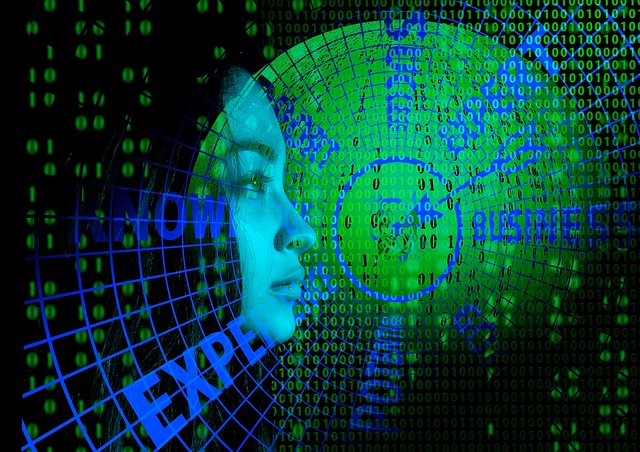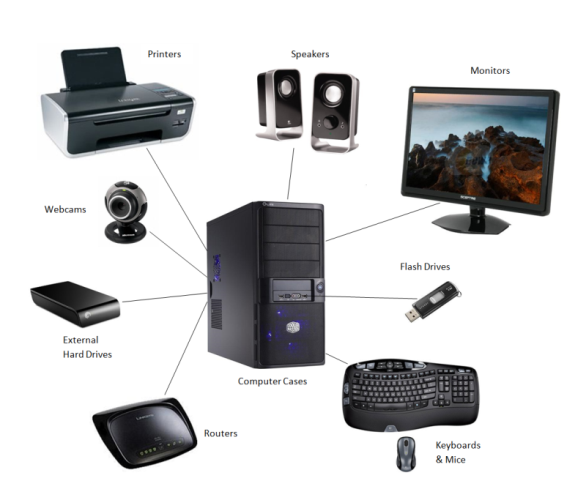History of Computer
There was a mechanical device for the first detection. In the past nearly four decades, it has changed the living tolerance of our society. Initially, it was made of a wooden abacus. But now it has changed to the latest high-speed microprocessor.
Abacus
Abacus is a device used for numerical insertion. Abacus was used in our schools in the old time, it is worn by beads thrown in the Taro. It was invented in China.
Pascal Calculator
The first worm machine Development of computer was done by French Scientist Blaise Pascal in 1645. Different locking gear was used in that calculus. It showed the 0 to 9 numbers in it. It was only possible to add or subtract. So it's also adding machine.
Analytical Engine
In 1801, Joseph Mary Jaccard created the automatic knitting machine. In this, the hole of the metal plate was five. And it was worth weaving the clothes.
In 1820, an English scientist Charles Beverage built a defense engine and later analytical engine. The first computer prototype was created using their own concept. For this reason, Charles Beaves is called the creator of a computer.
First electronic computer - ENIAC
In the year 1942 H. Havard University's H-icon created a computer. This computer was Mark 1 prototype of today. Which was a completely electronic computer.
Construction of ENIAC (Electronic Numerical Integrated and Calculator) during World War II in 1946
Universal Automatic Computer-UNIVAC-I
It is called Universal Automated Machine. This computer was available for commercial use in 1951. It has the first generation properties available.
Generation of computer
The aim of developing different generations of computers is to create a very good, cheap, small, fast and confident computer.
The first generation of computer: 1946-1959 [Vacuum tube based]:
The first generation of computers used vacuum tubes and values as their basic electronic component. They were extremely large in size and electricity consumption. The language used for storing and processing data was machine language. Some of the first-generation computers are ENIAC (electronic numerical integrator and calculator) – it was built in 1946 at the University of Pennsylvania, U S A by JOHN ECKERT and JOHN MAUCHLY.
Second generation of computer :1959-1965 [Transistor based]:
In the generation of computers, transistors were used in place of vacuum tubes. Transistors are more compact than vacuum tubes as they are made up of semiconductors. They are also more durable than vacuum tubes.
The magnetic core was used to denote the data on the computer. Magnetic discs and tapes were used to store the data. There was a layer of iron oxide on the magnetic disk. Their speed was also very intense as the storage of the flash was fast. During this time the use of computers in the business world started and the new programming language was sold.
The Third generation of computer: 1965-1971 [Integrated Circuit based]:
The continuous technological advancement in electronics has led to a reduction in computer size, and the ability to work at a faster pace.
In place of third-generation computer transistors, the use of Integrated Circuit (I.C) began. Its development was done by JS Kilvy. Initially, LSI (Large Scale Integration) was used, in which large amounts of I. C (integrated circuits) or transistor were used on a silicon chip.
The use of RAM (random access memory) increases the magnetic disk and storage capacities. The time-sharing was developed in the computers used by the people, by which more than one user could run the computer.
The fourth generation of computer: 1971-1980(VLSI Based)
The Fifth generation of computer:1980-Present [ULSI microprocessor based ]:
ULSI (ultra-large scale integration) was developed in place of VLSI in the fifth generation computer and it was possible to scratch the crores by a single chip. The CD (compact disc) is a snap to collect. The Internet and World Wide Web (WWW) have evolved.
The computer that worked very small and fast was developed. The complexity of programming decreased. An attempt was made to develop artificial intelligence (Artificial Intelligence) so that the computer could make decisions according to the situation.
Portable PC and Desktop PC revolutionized the computer area and it was used in every sphere of life.
Feel free to ask any question related to your computer in the comment box.














0 Comments